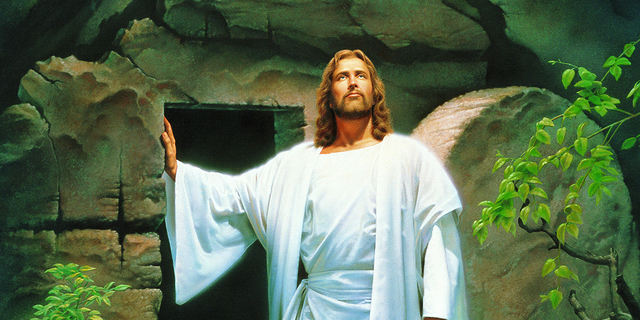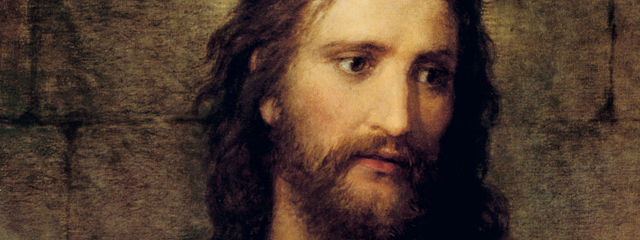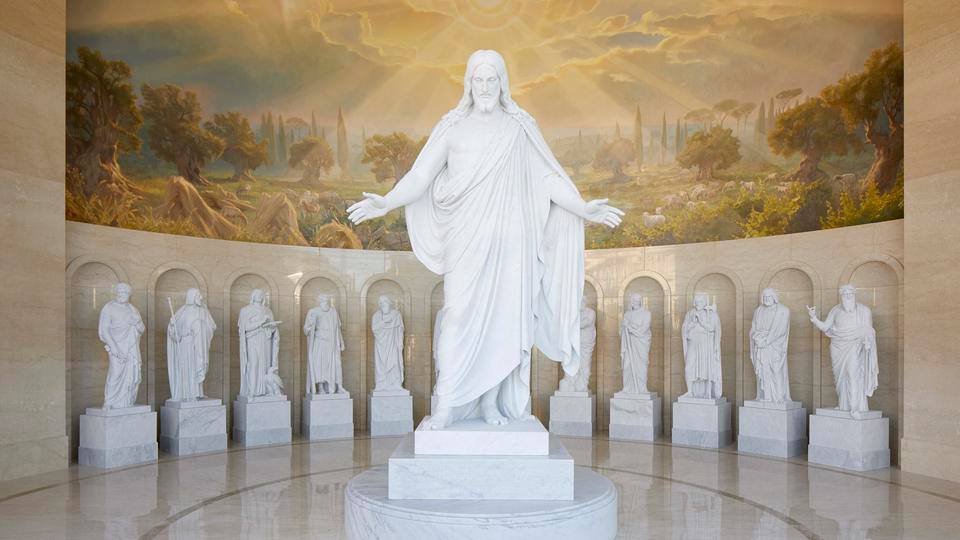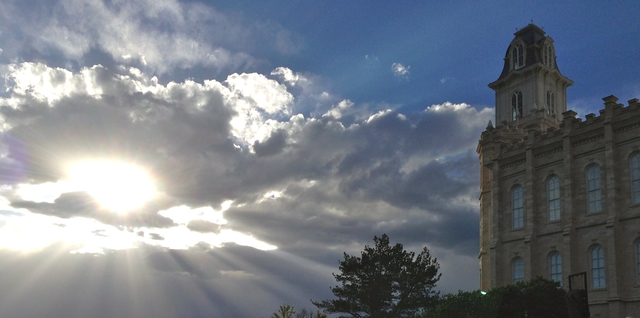Russell M. Nelson, President of The Church of Jesus Christ of Latter-day Saints recently talked about the importance of using the correct name of the Church.
Latter-day Saints are members of the restored Church of Jesus Christ. Mormons is a nickname that comes from their belief in the Book of Mormon. However, many people still say Mormons instead of Latter-day Saints or they say Mormon Church instead of The Church of Jesus Christ of Latter-day Saints.

Many do this for convenience, because it’s faster and shorter, or because they have used those words for a long time (including many of the members of the Church) and it takes time to change habits.
Others don’t even know the true name of the Church and of its members, and they use the words that they know. In some other cases, people use the terms Mormons and Mormon Church on purpose, to stress the difference between The Church of Jesus Christ of Latter-day Saints and what they call “historic Christianity“. A few of them even add a dose of disparaging fervor in doing it.
But what are the differences between the beliefs of The Church of Jesus Christ of Latter-day Saints and the so called “historic” Christianity? Usually those who identify themselves with historic Christianity believe that doesn’t even really matter whether people are members of a denomination or not, as long as they adhere to the core doctrines presented in the Bible, and only in the Bible.
But Who Decides Who is Christian and Who is not?

There are billions of people on this planet who don’t identify themselves as Christians, and who are perfectly okay and happy when people tell them that they are not Christians.
However, it seems to me somewhat presumptuous to tell a group of people like the Latter-day Saints that they are not Christians, only because some of their beliefs are different from the beliefs of the “historic” Christianity, even when they identify themselves as Christians.
This is another reason why, as members The Church of Jesus Christ of Latter-day Saints, we should politely teach, or remind people of the proper name of the Church. We really want to make sure that they at least know that we consider ourselves Christians, even if our beliefs are somewhat different from those of other Christian churches, and even when they don’t seem to accept our right to define ourselves.

After all, what are the basic tenets of Christianity? What really defines a Christian? Isn’t it the love for God and for others? Isn’t it to recognize Jesus Christ as the Son of God and the Savior of humanity, and follow Him? All the rest is less important, and those who believe, and make a sincere effort to live those principles, should at least have the right to call themselves Christians.
Differences Between “Historic Christianity” and The Church of Jesus Christ of Latter-day Saints
About God
–Historic Christianity
God is a Spirit who is the personal, eternal, infinite Creator of all that exists. He is the only God and He is necessary for all other things to exist. He exists eternally as a Trinity: Father, Son, and Holy Spirit.
-The Church of Jesus Christ of Latter-day Saints
The Trinity of traditional Christianity is referred to as the Godhead by members of The Church of Jesus Christ of Latter-day Saints. Like other Christians, Latter-day Saints believe in the Father, the Son and the Holy Spirit (or Holy Ghost). Yet, Church teachings about the Godhead differ from those of traditional Christianity. For example, while some believe the three members of the Trinity are of one substance, Latter-day Saints believe they are three physically separate beings, but fully one in love, purpose and will.
About Jesus Christ
-Historic Christianity
Jesus Christ was the virgin born God incarnate who existed in all time with the Father and Holy Spirit in the eternal Trinity. As a man He possessed two natures – human and divine. He lived a sinless life and willingly died on the cross as a sacrifice for the sin of all humanity.
-The Church of Jesus Christ of Latter-day Saints
Jesus Christ is central to The Church of Jesus Christ of Latter-day Saints, which bears His name. Every prayer in the home and every sermon in a chapel closes in the name of Jesus Christ. The emblems of the sacrament (communion) that are taken weekly in worship services are symbols of His atonement. Latter-day Saints wholly accept the New Testament accounts of the birth, life and ministry, death and resurrection of Jesus Christ. He, like His Father, has a physical body — the same body that walked out of the tomb after His resurrection, and which He invited His apostles to “handle … and see” (Luke 24:39).

As the only perfect man who ever lived, Jesus set the example in His life for all to follow. Because humans fall short, Christ’s atoning sacrifice pays the price of sin on condition of individual repentance. His sacrifice also allows all humankind to be resurrected into immortality. He is the Savior, and in a future time will be the Judge.
About the Scriptures
-Historic Christianity
The Bible (Old and New Testaments) is the unique, revealed, and inspired Word of God. It is the sole authority for faith and practice for Christians.
-The Church of Jesus Christ of Latter-day Saints
The scriptures are also called the Standard Works. Four volumes of scripture are regarded as the word of God by the Church. These are the Bible, Book of Mormon, Doctrine and Covenants, and Pearl of Great Price.

Latter-day Saints believe in the Bible “as far as it is translated correctly” (Articles of Faith 1:8). They also believe in The Book of Mormon which Joseph Smith declared is “the most correct of any book on earth, and the keystone of our religion, and a man would get nearer to God by abiding by its precepts, than by any other book” (Teachings of the Prophet Joseph Smith, p. 194).
The church also regards The Doctrine and Covenants (D&C) as Scripture. It is a collection of modern revelations regarding The Church of Jesus Christ as it has been restored in these last days.
The Pearl of the Great Price (PGP) is the fourth book believed to be inspired.
“It clarifies doctrines and teachings that were lost from the Bible and gives added information concerning the creation of the earth” (Gospel Principles, p. 54).
The church’s president is also regarded as “a seer, a revelator, a translator, and a prophet” (D&C 107:91-92).
About Salvation and Life after Death
-Historic Christianity
Salvation is the release from the guilt and power of sin through God’s gift of grace. It is provided through Christ’s atonement and received by personal faith in Christ as Savior and Lord.
There will be eternal life in heaven with God for those who have trusted in Jesus Christ or eternal separation from God’s presence in hell for the unsaved.
-The Church of Jesus Christ of Latter-day Saints
In the doctrine of The Church of Jesus Christ of Latter-day Saints, the terms “saved” and “salvation” have various meanings.
Salvation from Physical Death. All people eventually die. But through the Atonement and Resurrection of Jesus Christ, all people will be resurrected—saved from physical death. Paul testified, “As in Adam all die, even so in Christ shall all be made alive” (1 Corinthians 15:22).
Salvation from Sin. To be cleansed from sin through the Savior’s Atonement, an individual must exercise faith in Jesus Christ, repent, be baptized, and receive the gift of the Holy Ghost (see Acts 2:37–38). Those who have been baptized and have received the Holy Ghost through the proper priesthood authority have been conditionally saved from sin, depending on an individual’s continuing in faithfulness, or enduring to the end in keeping the commandments of God (see 2 Peter 2:20–22).

After they are resurrected, all will stand before the Lord to be judged according to their desires and actions. Each person will accordingly receive an eternal dwelling place in a specific kingdom of glory. The Lord taught this principle when He said, “In my Father’s house are many mansions” (John 14:2).
There are three kingdoms of glory: the celestial kingdom, the terrestrial kingdom, and the telestial kingdom. The glory people inherit will depend on the depth of their conversion, expressed by their obedience to the Lord’s commandments. It will depend on the manner in which they have “received the testimony of Jesus” (Doctrine and Covenants 76:51)
Latter-day Saints are Christians (and Mormons)
There are other differences, but these are probably the most relevant. Despite these differences, members of The Church of Jesus Christ of Latter-day Saints are Christians. Latter-day Saints believe in Jesus Christ, they even believe that The Church of Jesus Christ of Latter-day Saints is the restoration of the same church that was established by the Savior two thousand years ago. Some people may disagree with this belief, but it still doesn’t make the Latter-day Saints less Christians, even if some people keep calling them Mormons.
